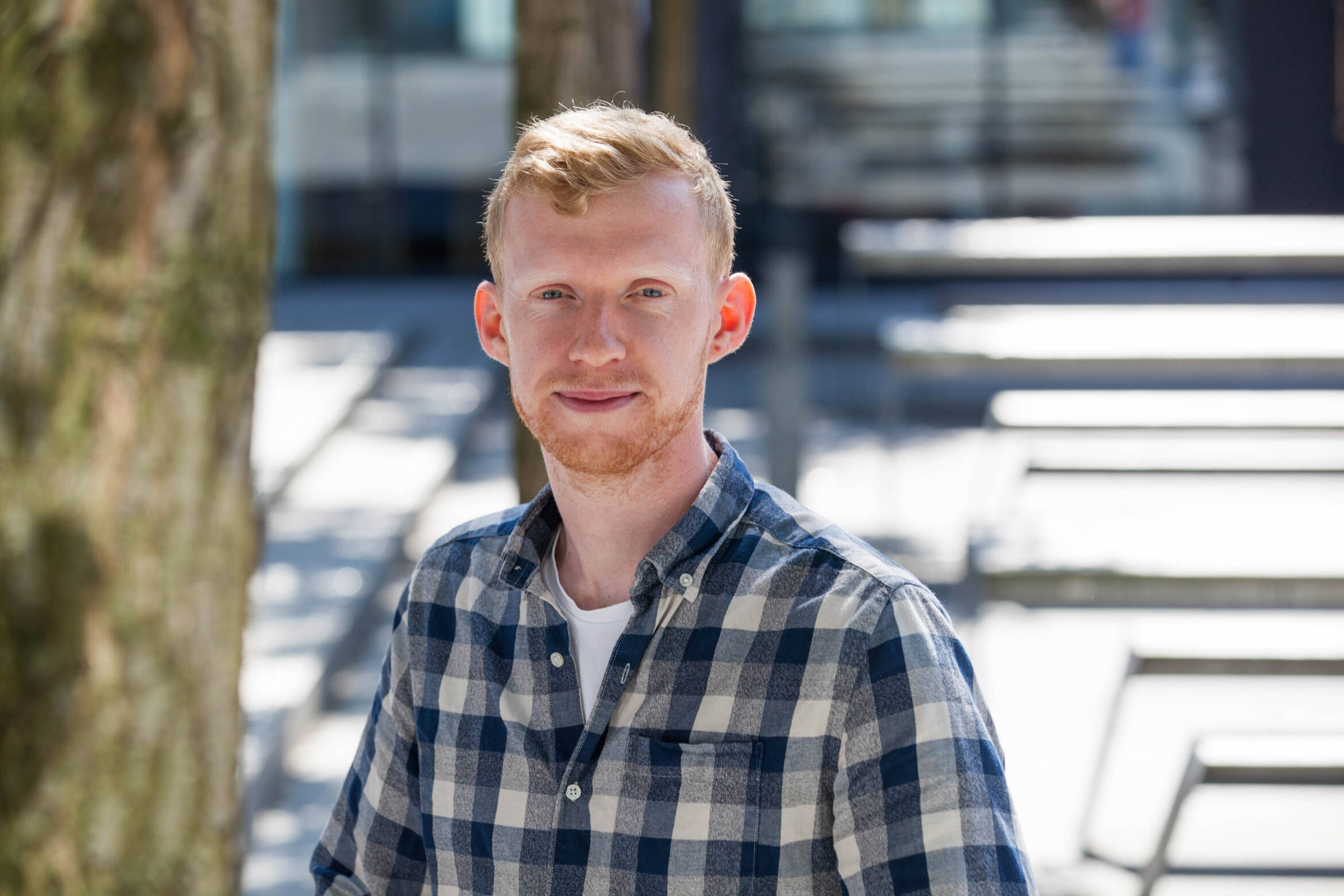How did you get into a career in People Analytics?
I have always had an interest in technology, data and statistics, so the role became a natural fit for me, but it was far from a planned trajectory! I initially worked as a HR Generalist, completing my CIPD qualifications until I moved into a blended HR strategy and systems‐based role.
It was here that I found my interest in both supporting the People function and problem solving – using quantitative and qualitative data to help support and drive the narrative behind the People strategy. I was then presented the opportunity to take on a purely HR technology and analytical based role.
I feel very lucky to be in the role I am in and work with some fascinating customers in supporting their business process development.
What are the key responsibilities in your role?
Working as a consultant within the People technology space it is my job to support customers in ensuring that their People Technology aligns with their strategic aims.
I look to bridge the gap between People and People Technology. Each week it seems that a new vendor is offering a new solution to market so it is important to stay on top of these trends in order to take a whole‐of‐ market approach.
By completing system review and system selection meetings, I work closely with customers to gain a real understanding about their business and objectives, this in turn can help advise the suitable systems available to support, or even enhance their strategic aims.
There are also customers who want to keep their existing systems but ensure they are extracting the most out of these. Working closely with the internal team, I review system processes and offer advice and guidance to increase the return on investment. This then allows for meaningful data extraction and analysis to help HR/People teams delve into People Analytics.
Describe a typical day.
Each day brings new challenges and queries. My role involves meeting regularly with a variety of customers – anything from those who employ less than 100 individuals to multi‐national corporations. Their system and data related queries can vary depending on the structure and strategy of the organisation – often it is the larger organisations who have fewer complex requirements as they streamline their global operations.
Customer queries can be anything from a quick headcount or turnover based query to a full system review or system selection process. This can lead to an end‐to‐end implementation of a new system to align with their growth plans and requirements.
An end‐to‐end implementation can involve the process of requirements gathering, system selection and review, supporting the build and rollout of the new system, through to post‐go live review and ongoing support.
What skills are needed for this role?
Know your audience ‐ each customer has different requirements and different cultures which you need to be able to adapt to and work alongside to help them extract the most from their systems. It is important to be able to be flexible in supporting different styles and desired outcomes.
Don’t be afraid to say “no”. A constructive “no” can go along way to building a supportive and collaborative relationship. My role is as much about telling people what a system can do, but crucially about what it can’t and offering solutions or good practise around alternative processes to support or even change the way of thinking.
Equally important is the ability to problem solve – even better if you enjoy it.
Each day brings different challenges which is great for variety. This can take a fair amount determination and patience, but equally can be highly rewarding when you are able to present a solution or offer a suitable alternative viewpoint.
What challenges do you face in this role?
I doubt you will find any professional working within People Analytics who will not be weary of data integrity. For many customers completing a regular system “health check” including reviewing the quality of data is vital. If left unmanaged data can quickly become the Achilles heel of the whole system – any narrative you are trying to demonstrate can quickly be undermined even if a single metric is out.
When supporting customers implement a new system this can be as much about managing change as it is about technical or analytical knowledge. New systems can leverage new ways of working, enhanced business processes and increased automation.
It is vital to work closely with the internal People team to ensure they realise the benefits of the new People system to ease the resistant to change.
What keeps you motivated to go into work every day?
I really enjoy partnering with customers and working as an extension of their internal teams to help them work towards their People strategy. Being able to support organisational change and process improvements to help produce quality People Analytics, which allow HR to move away from the more traditional transactional HR to strategic People operations.
What advice would you give someone considering a career in People Analytics?
Try and stay on top of current trends within People Analytics and keep an open mind on your own interpretation of good practice. The People Management publication is a useful resource for trends in People Analytics.
Afterall, the same line of thinking will often produce the same kind of results so be prepared to challenge your own beliefs.
Really get to understand your customer or your end‐user. There is a wealth of powerful systems and data visualisation tools out there, it can be easy to get carried away. Keeping things simple often presents a stronger argument.
Whether this is data visualisations or process improvements within the database. Ensure you can present your narrative in a clear way.
Simon Davis is our Head of Partner Delivery at Phase 3
Simon leads the Phase 3 technical consultancy talent, with current focus on our partnership with Sage People. As an exceptional technician himself, he is responsible for team capabilities and development and maintains direct project leadership too.



